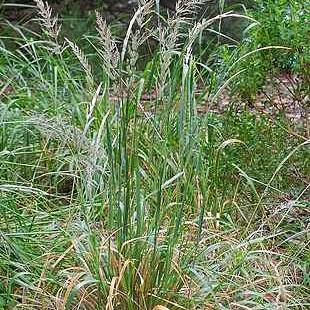
Pacific Reedgrass
Calamagrostis nutkaensis
Watering:
Frequent
Hardiness Zone:
Sun:
Sun, Partial Shade
Soil:
Sand
Leaf:
Yes
Growth Rate:
Low
Salt Tolerant:
Yes
Invasive:
Yes
Care Level:
Medium
watering
Pacific Reedgrass should be watered about once a week. When watering, plants should receive enough so that the soil is saturated 2 to 3 inches below the surface. It's important to apply enough water that air pockets in the soil are filled so the plant receives the hydration it needs. If Pacific Reedgrass is planted in poor soil, more frequent watering should be done. In overly dry environments, additional watering may be necessary. When watering, be sure not to over saturate as this can also be damaging to the plant.
sunlight
Pacific Reedgrass (Calamagrostis nutkaensis) is an easily identifiable and adaptable groundcover, perennial native to coastal British Columbia and Washington state. This species grows best in full sun and moist, well-drained soils with pH ranges of 5.5-8.0. For best results with Pacific Reedgrass, it should receive at least 6 hours of direct sun exposure per day, though 8-10 hours is optimal. In northern locations with short summer days, Pacific Reedgrass will require some supplemental light to benefit growth and flowering. In these colder regions of its natural habitat, Pacific Reedgrass is more likely to become dormant during the winter months, so it’s important to ensure it receives enough light while it’s actively growing.
pruning
Pacific Reedgrass is a fast-growing native grass that can be pruned back to encourage a fuller, more robust growth. Pruning of Pacific Reedgrass should take place in early spring when new growth is beginning to appear. This will help to minimize the damage to existing foliage and will also help to encourage denser foliage. Pruning of Pacific Reedgrass should be relatively light, removing no more than 1-third of the overall foliage at any 1 time. Additionally, it may be helpful to shape the growth of the Pacific Reedgrass by selectively removing the tallest, thinner, or weaker stems. This will help to provide a more uniform look and encourage more upright growth.
